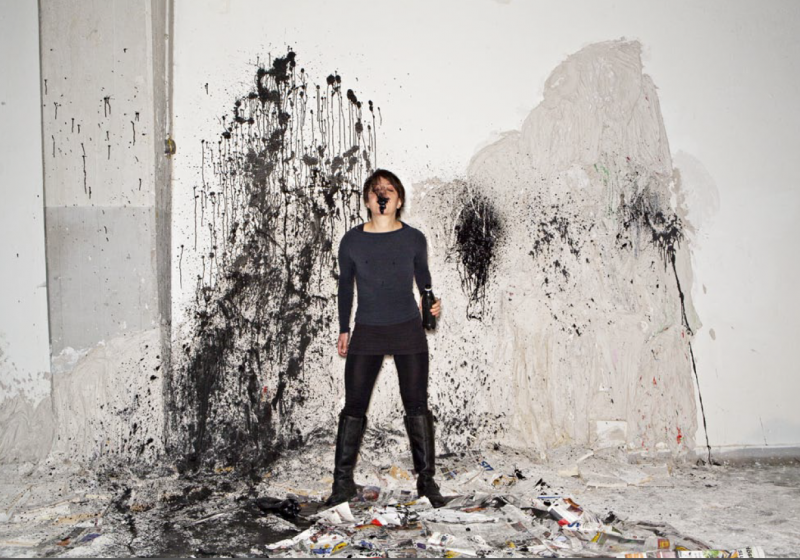posted on
10 Jul 2012
Artists and the Arts Industries | publication

In this recently published anthology Artists and the Arts Industries, the Swedish Arts Grants Committee puts the artistic perspective at the centre of the discussion on cultural and creative industries (CCI).
Five people; researchers, independent analysts, professors, and an artist, were asked to contribute a text reflecting on the artistic practice and CCI and the result has become an interesting anthology putting the light on different and perhaps unexpected aspects of the discussion.
Yudhishthir Raj Isar, independent cultural analyst and Professor of Cultural Policy Studies at The American University of Paris, puts a critical view on the whole paradigm with the conclusion that economy is not everything and that it’s necessary to include reflection on cultural economy and non-market forms of cultural activity.
Kate Oakley, writer and political analyst specializing in the fields of culture and creativity (UK), is focussing her text on innovation, which is as she calls it ”not the New, New thing”. The arts have a complex relationship to innovation, being both on one hand avant-garde and cutting-edge, and on the other saver of tradition. Talk of innovation within culture and art needs to be nuanced, reflected, and with a critical perspective.
Angela McRobbie, Professor of Communication at Goldsmiths, University of London, is discussing key concepts of urban development and gentrification in the light of the policy-development of CCI in the UK since middle of 90s and onward, and comparing development in three different cities: Glasgow, Berlin, and London. Her reasoning is around employability, livelihood and how artists and young people within the field will be able to earn a living and sustain life within these fields.
Ylva Gislén, Visiting Professor at Malmö Faculty of Fine and Performing Arts and cultural writer, also put a focus on the artistic livelihood and puts this in relation to Hannah Arendt’s reasoning putting a qualitative distinction between different types of human activity in the book The Human Condition; the distinction between labour, work, and action.
Klas Östergren, author with his first book published in 1975, writes an insightful and personal story of his daily work and artistic practice of writing books, his relation to audience, and how he at one point when things were going well decided to write the complete opposite of what the market expected.
Perhaps common for all of these reflections are how pessimistic they are in their views of the role of the artist in CCI. It should be understood in the light of the economic crisis, but it’s more than that. It’s a disappointment. A question shining through is the somewhat disillusioned question of: Who today believes in art as something other than contributing to economic growth, innovation, and job creation?
The anthology can be ordered from The Swedish Arts Grants Committee and is written in both Swedish and English.
You can download the online publication free
Image: Photograph by Lars Tunbjörk - Anastasia Ax in her work Paper Island, Workshop in Norrköping
Similar content
posted on
21 Aug 2013
posted on
17 Dec 2019
posted on
09 Mar 2017
posted on
29 Aug 2013
posted on
23 Sep 2015
posted on
18 Jan 2019




